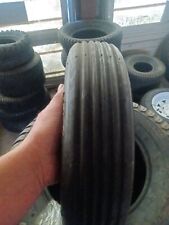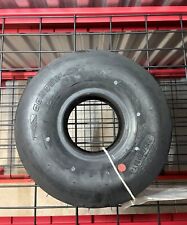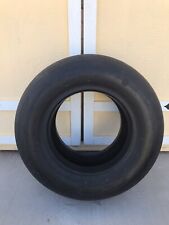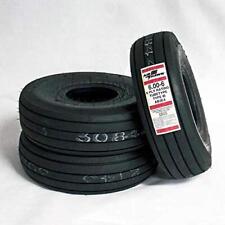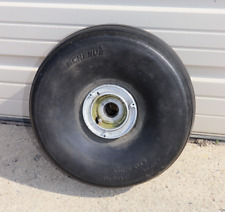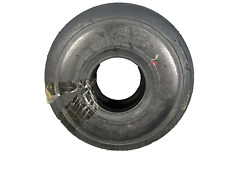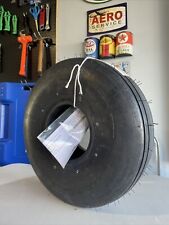History
Naturally, since I’m starting out writing that I’m going to advocate throwing historical doctrine to the wind as suitable, let’s revisit the whole concept of buddy teams.
World War I Solo combat. Boelke writes that it’s wise to engage as many aircraft as one can at one time, and it’s taken as Dikta; so that’s what they do. The swirling mess of air combat that involved as many as eighty aircraft in a combat box eight hundred meters to a side didn’t give much room for teamwork. Yes, fighters flew in defensive formations and attacked target formations in a coordinated fashion, but when the fight went past the initial merge it usually degenerated to a furball (with a few Aces hovering above waiting to harvest the odd plane that fled from it). Pilots would try to help each other out, but since everyone was trying to engage as many of the enemy with each of the their aircraft it was usually for defensive purposes of a friend. Teamwork was so non-existent that experienced pilots would routinely go on patrol by themselves in WWI.
Intra-war With radios and higher speeds came better tactics of mutually supporting fighters. The Germans had developed the fighter pair (and put two together) in Spain, while the British had a three plane “Vic” wedge (six planes total in a flight). The Soviet Union Army Air Corps (VVS) used the Vic formation as well, with the Naval Air Forces at Murmansk adopting the German style pairing during the Winter War.
World War II The British and the Soviets quickly dropped the Vic formation for two pairs of fighters (the Soviet Naval Air Corps was absorbed into the Army Air Corps at the start of the conflict). In each pair, one pilot would be the “Lead” or command plane charged with the actual shooting of the enemy, while the “Wingman” would serve to protect the lead and step in to shoot as required.
Post Cold War Flight simulation pilots get WWII simulations and in large measure adopt WWI tactics of solo combat.
Why?
Flight simulation pilots typically have hundreds and thousands (and some hundreds of thousands) of hours of flight training experience in simulations. Since the penalties for losing a virtual duel is no greater than hitting the “refly” button, lessons from mistakes can be learned and applied by the same pilot. We learn gunnery through trial and error, aerobatics through long experience, and spend hours leisurely reading the lessons learned by those that worked through them with nothing more than casual frustration on the line.
Contrast that to actual WWII pilots, who in some cases had as little as eight hours of flight training before being sent into combat, were faced with aircraft that outclassed their own, or against overwhelming numbers. And none of them had a “refly” button. Teamwork wasn’t a luxury for them; it was necessary to survival.
Off the soap box and onto the subject.
The Leader
The Leader’s primary responsibility is navigation, prioritization of targets, selection of tactics, and shooting down the enemy. His secondary responsibilities are communications with larger formations and the ground controllers, and protecting the wingman. He must communicate with his wingman through flight cues, voice, and in the simulation world, text.
The Wingman
The Wingman’s primary responsibility is protecting the Leader by spotting the enemy, and keeping the enemy off of the Leader’s tail. His secondary responsibilities are navigation, communications, and engaging the enemy. He must communicate with his Leader through flight cues, voice, and, once again, text.
The Wingman typically flies in relatively close formation with the Leader either inline or, most often, obliquely to the rear at almost the same altitude.
In WWII, roles were established on the ground and held fast throughout combat, with the more experienced pilot being Leader and the junior pilot being Wingman.
There were exceptions to the rule, of course. When Bud Anderson and Chuck Yeager flew together they exchanged roles fluidly as the situation dictated, for example. But both were expert fighter pilots that understood doctrine and tactics and were comfortable with both Lead and Wingman roles.
If either the Leader or the Wingman experienced mechanical difficulty or was damage in combat, both would return to base together whenever possible. A lone, damaged fighter is easy pickings, and the guy behind the stick was more than an online alias with a refly button.
Responsibilities
Navigation Getting lost is something that I have developed into something of an art form. Even in the short distances of the IL-2 series with my position and bearing marked on a floating map with waypoints and lines marked on it. While the Leader is the one responsible for navigation (as the Wingman must follow him, even if in the wrong direction), if one is separated it is useful to know where one is at and the direction of either the target or the airfield. If you’re the Wingman and the Leader is going the wrong way, tell him.
Situational Awareness The Leader is responsible primarily for the front, sides, and above the pair, while the Wingman is responsible for the sides, the rear, above and below. Both should check each other’s position constantly as well. “Primarily” doesn’t mean that the Leader doesn’t “check six” or the Wingman doesn’t scan above and to the front; it just means that each will spend a little more time scanning their zones. The Leader is looking for something to kill; the Wingman is looking for who’s trying to kill them.


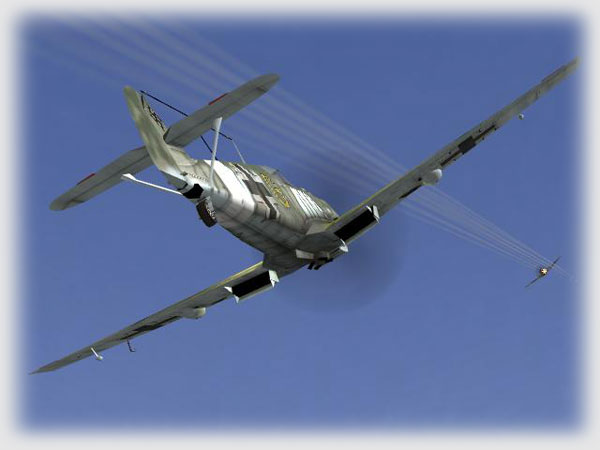
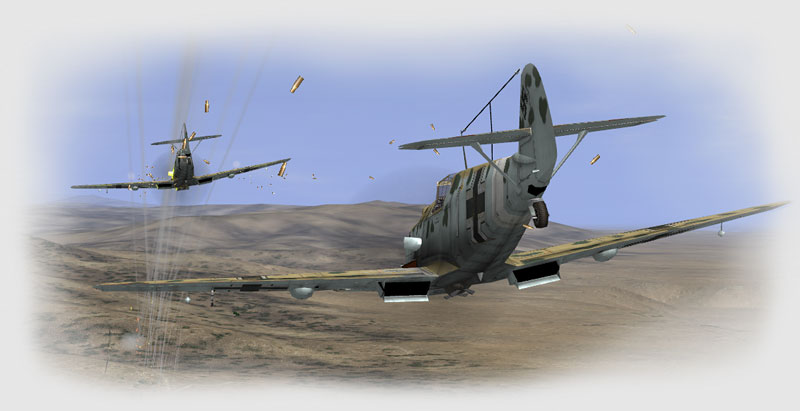

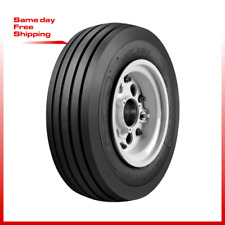
![Nitrogen Regulator Custom Kit Aviation [25-ft] In-Hangar *DIY* 4 tire inflation picture](/store/img/g/l7QAAOSw9NdXp4bP/s-l225/Nitrogen-Regulator-Custom-Kit-Aviation-25-ft-In-Ha.jpg)
